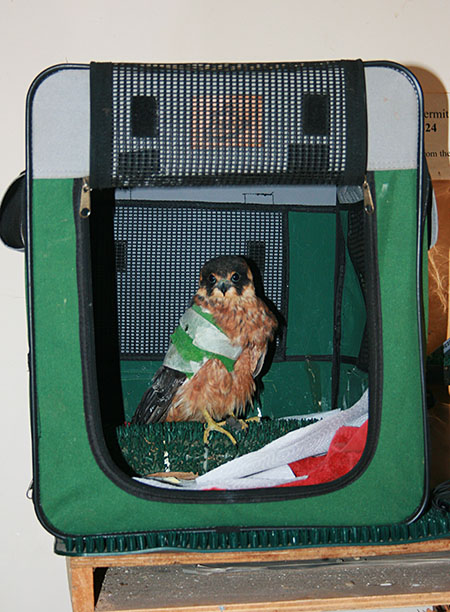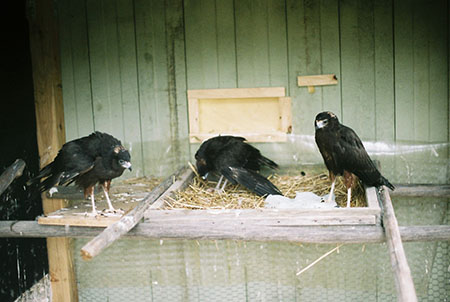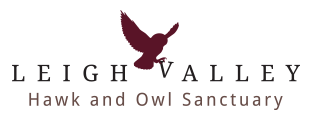Please note that as of 2018, we have ceased our rehabilitation work. Instead, we now offer training to wildlife carers in the care of raptors in captivity. We will soon have more information on rehab training in the coming months. So, stay posted…
For all wildlife emergencies, contact Wildlife Victoria on (03) 8400 7300 or BADGAR Emergency Wildlife Rescue on 1300 223 427 (BADGAR).

Australian Hobby: wing injury caused by gun shot.
The Leigh Valley Hawk and Owl Sanctuary grew out of the Wildlife Shelter that we were operating since 2001. Every year we used to receive many sick and injured birds of prey for care. We have treated over 300 individuals representing 18 species of raptor. The number of calls we received increased over the years as caring members of the community became aware of the work we did. Many of these birds were injured in the course of human activity. A large proportion were found on roadsides, often with severe injuries consistent with motor vehicle impact.
For a bird of prey, roadsides are attractive places. Grassy verges provide habitat for prey items such as mice, insects and reptiles, and road killed wildlife presents an easy and tempting meal. Unfortunately, roads are also crowded and dangerous environments. Raptors risk being struck by vehicles, becoming entangled in roadside fences or colliding with electrical infrastructure. One kestrel brought to us with a broken wing had been struck by a car and carried in the grill for approximately 20 kilometres! Fortunately, this bird was successfully rehabilitated. Roadsides and vehicles are not the only dangers, however. We received birds which had been shot, attacked by cats, collided with glass windows or had simply been found in starving condition.
While raptor rehabilitation can be extremely rewarding, especially when a bird that would have otherwise died is released fit and well back into its own territory, it can also be heart breaking at times. The reality is that many of the severe injuries suffered by birds of prey cannot be satisfactorily healed and humane euthanasia is frequently the kindest option.
The costs involved in rehabilitation are almost always borne by the rehabilitators themselves. Anyone interested in becoming involved in wildlife rehabilitation should understand that there are constant expenses for housing, food, transportation and medical care, not to mention a very substantial time commitment. On one notable occasion, Martin drove for five hours, covering nearly 400 kilometres, in order to collect two birds that subsequently had to be humanely euthanased. It is always helpful, however, to find local expert veterinarians who will provide treatment at substantially reduced rates.

Brown Goshawk: injury caused by barbed wire fence
The value of rehabilitation has been a subject of hot debate in recent times. For the injured birds that have been successfully released, and the children and adults who experience our educational programs, we feel that what we do is of value and has merit. In terms of conservation, rehabilitating injured raptors may help. Certainly doing nothing at all does not!

Swamp Harrier chicks: Nest and mother destroyed by combine harvester.

The same Swamp Harriers now fully grown. They gradually gained independence on our property post-release.
